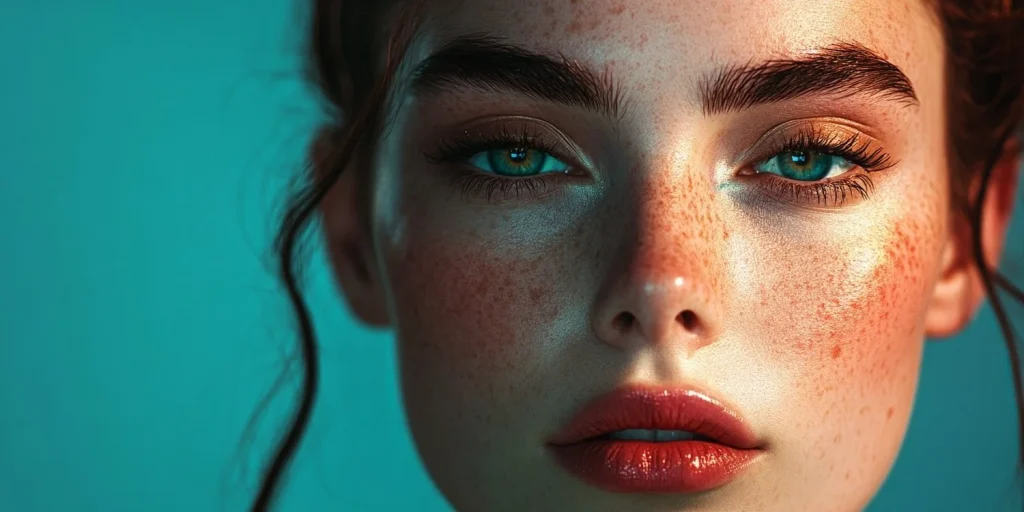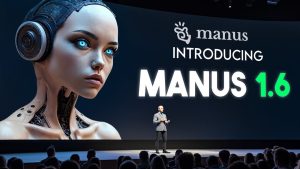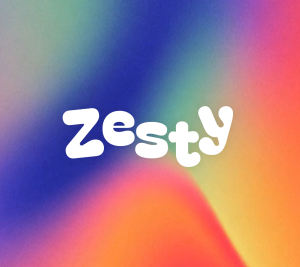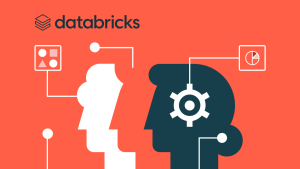The Future of Portrait Photography: Authentic Faces vs. Artificial Intelligence Creations?

The Future of Portrait Photography: Real Faces or AI Creations?
The Evolution of Portrait Photography: AI-Generated Images vs. Traditional Beauty
Introduction
In recent years, the landscape of portrait photography has undergone significant transformation, driven in large part by advancements in artificial intelligence (AI). AI-generated images have not only achieved remarkable hyper-realism but also expanded creative possibilities by embodying a diverse array of features, expressions, and aesthetics. A striking illustration of this trend can be found in a recent post by Moritz Stellmacher on X, featuring a portrait that blurs the lines between reality and AI fabrication. As viewers grapple with the authenticity of such images, pressing questions arise: How will AI influence the future of portrait photography? Will it propel us toward unconventional looks, or will traditional beauty ideals maintain their place in advertising and media?
The Battle Between Standard Beauty and “Interesting” Looks
Historically, the modeling industry has adhered to established principles of beauty that prioritize symmetry, flawless skin, specific body types, and an allure designed to appeal to a broad audience. These standards have shaped everything from fashion runways to magazine covers and advertising campaigns. However, the emergence of AI-generated portraits hints at a potential shift towards more diverse and unconventional aesthetics.
AI models can be programmed to showcase unique, striking, or even surreal features that challenge the traditional parameters of beauty. As people become increasingly accustomed to digitally crafted faces, the demand for what might be considered “interesting” looks could rise, redefining attractiveness and marketability. Brands are poised to explore these innovative aesthetics in an effort to differentiate themselves in an ever-more crowded digital marketplace, giving rise to a trend that celebrates diversity and individuality.
The Potential Impact on the Modeling Industry
The modeling industry is already feeling the effects of this technological evolution. As AI tools become more widespread and accessible, companies are likely to rely increasingly on virtual models—characters generated entirely by algorithms that can be customized to meet specific creative needs. This shift may reduce demand for human models, especially in roles that do not necessitate physical presence, such as digital advertising or virtual events.
However, it’s essential to consider that the industry may not completely abandon human models. The authenticity, emotion, and personal connection that real people bring to the table remain invaluable. The unique experiences, spontaneous emotions, and individual quirks that a human can contribute to a photoshoot cannot be fully replicated by AI algorithms.
Future Trends: Coexistence or Competition?
As we contemplate the future of portrait photography, one key question arises: Will AI-generated images overshadow their human counterparts? The probable answer is that both AI and human-created content will coexist, each offering unique advantages. Human models will continue to be sought after for their ability to convey genuine emotion and forge connections with audiences. Conversely, AI-generated models will unlock limitless creative possibilities, enabling brands to push visual boundaries and explore new artistic frontiers.
This dual approach may lead to a more inclusive and diverse representation of beauty in visual media. Whether through the lens of human photographers or the algorithms of AI, the future of portrait photography is likely to embrace a broader spectrum of looks, challenging the narrowly defined ideals of beauty that have traditionally prevailed.
Redefining Aesthetics in Portrait Photography
The convergence of AI technology and photography offers a unique opportunity to redefine the very aesthetics of portrait photography. While traditional beauty principles may still hold sway, there is a noticeable and growing appetite for images that break from the norm. The allure of unconventional and captivating visuals is on the rise, suggesting that audiences may increasingly crave originality.
Implications for Advertising and Media
In the realm of advertising and media, the implications of these shifts are profound. Brands aiming to resonate with contemporary consumer sentiments may lean more toward AI-generated visuals that mirror the diverse and eclectic nature of today’s society. Advertisers might explore AI-generated models that embody various ethnicities, body types, and personal styles to reflect a multi-faceted world. This approach could not only enhance brand relatability but also cultivate meaningful connections with scattered audience demographics.
Ethical Considerations
Despite the exciting possibilities introduced by AI-generated portraits, ethical considerations linger. The use of AI in modeling raises questions about authenticity, representation, and ownership. As brands employ virtual models that can be designed to meet specific aesthetic criteria, the challenge lies in ensuring that this technology enhances representation rather than replacing it. Striking a balance between innovation and ethical responsibility will be crucial as the industry adapts to these technological advancements.
The Future of Portrait Photography: A Call for Inclusivity
As we navigate this exciting intersection of AI and photography, the future of portrait photography beckons toward inclusivity. Diverse representation should be a primary goal, allowing space for all manifestations of beauty—be they traditionally accepted or compellingly unique. Whether driven by human creativity or AI algorithms, the evolution of visual media could create a richer tapestry of human expression.
Conclusion
In conclusion, the rise of AI-generated images has transformative potential for the field of portrait photography. As these tools blur the distinction between the real and artificial, they spark an important conversation about the future of beauty standards, the modeling industry, and the aesthetics of visual media. While conventional ideals of beauty may still hold significant sway, a greater emphasis on diversity and individuality could pave the way for a more inclusive representation of beauty. Rather than viewing AI as a competitor to human models, it should be seen as a catalyst for innovation, amplifying the voices of all artists and reshaping the creative landscape. Ultimately, both AI and human contributions have the potential to enrich our visual world, inviting audiences to embrace an even broader spectrum of beauty.
Thanks for reading. Please let us know your thoughts and ideas in the comment section down below.
Source link
#Future #Portrait #Photography #Real #Faces #Creations





